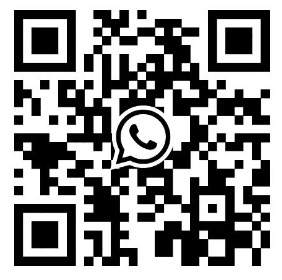The 20th International Internet of Things Exhibition, known as IOTE Shenzhen IoT Exhibition, is set to take place from 8/28-8/30, 2024, at the Shenzhen International Convention and Exhibition Center (Bao'an New Hall). The event will bring together over 800 exhibitors and more than 130,000 industry professionals, including integrators and end-users from sectors such as industry, logistics, infrastructure, smart cities, and smart retail. Building a Strong Foundation for IoT Development The concept of "New Infrastructure" has laid a solid foundation for the development of the Internet of Things (IoT). The demand generated by the "dual circulation" strategy has created fertile ground for IoT development, transforming the trillion-dollar market from mere rhetoric into a lucrative opportunity. In this golden age of IoT industry development, the IOTE International IoT Exhibition plays a crucial role in gathering IoT industry resources and facilitating efficient resource integration. Key Highlights of the Exhibition Global Professional IoT Brand Exhibition: Established as one of the earliest and largest IoT exhibitions globally, IOTE covers the entire IoT industry chain, including the perception layer, transmission layer, platform layer, and application layer. The event has received strong support from renowned domestic and international companies such as Huawei, Haier, Microsoft, and many others. Global High-Quality Procurement Platform: IOTE serves as a platform for aggregating high-quality procurement orders, attracting software developers, system integrators, hardware manufacturers, end-users, and IoT industry professionals from around the world. It facilitates on-site negotiations with nearly 4,000 professional IoT product buyers from 57 countries and regions, making it an ideal platform for new product releases, brand promotion, and product marketing. Accelerator for IoT Enterprise Brand Building: The exhibition hosts industry-recognized activities such as the "IoT Star," IOTE Gold Award, and Top 100 IoT System Integrators, attracting the participation of over 1,000 companies and 100,000 industry professionals annually. With the involvement of 300+ media outlets from various fields, the event aims to promote and highlight the most influential and powerful IoT enterprise brands. Product Range at the Exhibition Perception Layer: Sensors, MEMS sensors, RFID, smart cards, barcodes, biometrics, video recognition, real-time precise positioning, and more. Transmission Layer: Cellular (4G/5G/Cat.1/NB-IoT), non-cellular (LoRa/Bluetooth/Wi-Fi/ZigBee/UWB/ZETA/2.4G), industrial gateways/DTUs/RTUs, buses, satellite IoT, and more. Computation and Platform Layer: Cloud platforms, data midstations, cloud computing and big data, edge computing, artificial intelligence, IoT security, data storage, IDC, visualization platforms, and more. Application Layer: Industrial IoT, smart logistics warehousing, smart...
Read MoreWhat Are You Looking For?
NFC Fabric Wristbands
dual interface cards
NTAG213 nfc tags
RFID key card
ABS RFID Tokens
nfc NTAG213 sticker
adjustable Silicone NFC Wristbands
NFC On Metal sticker
Epoxy NFC Hang Tag
RFID Hang Tag
RFID PCB Tags
RFID PPS Tokens
RFID FPC Tags
13.56mhz nfc readers
RFID Blank Cards
printable rfid cards
PVC RFID tokens
RFID Wooden Cards



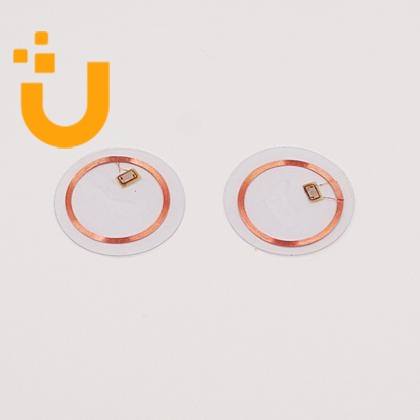
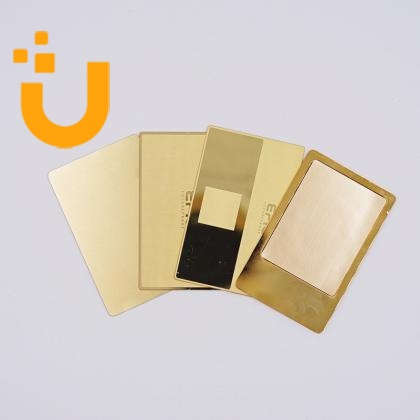
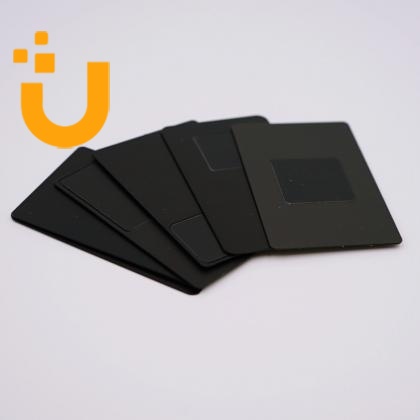
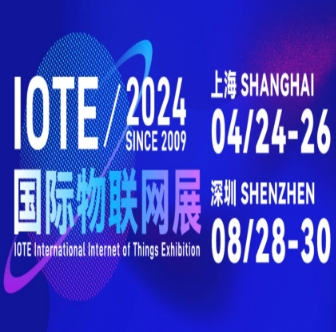
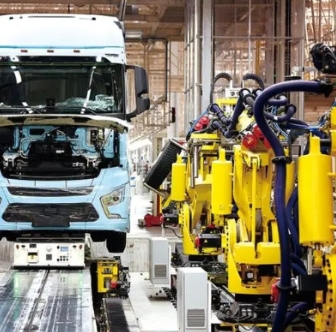
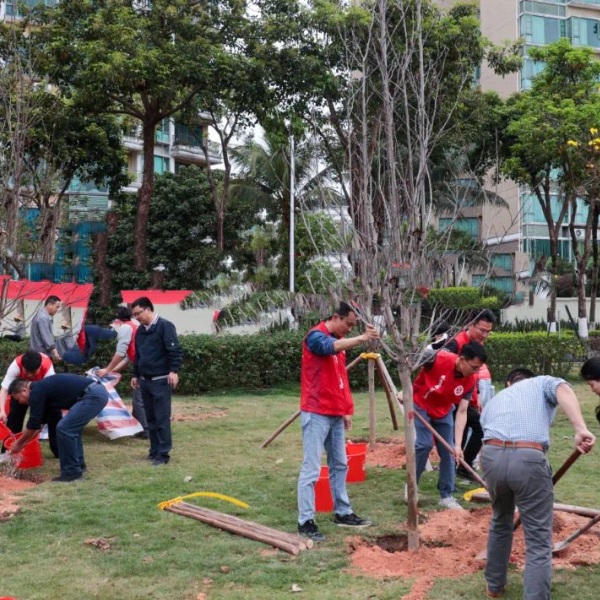
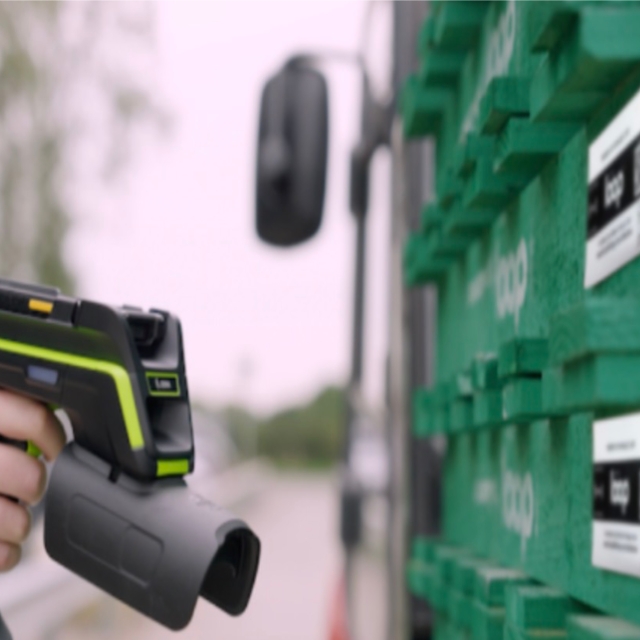
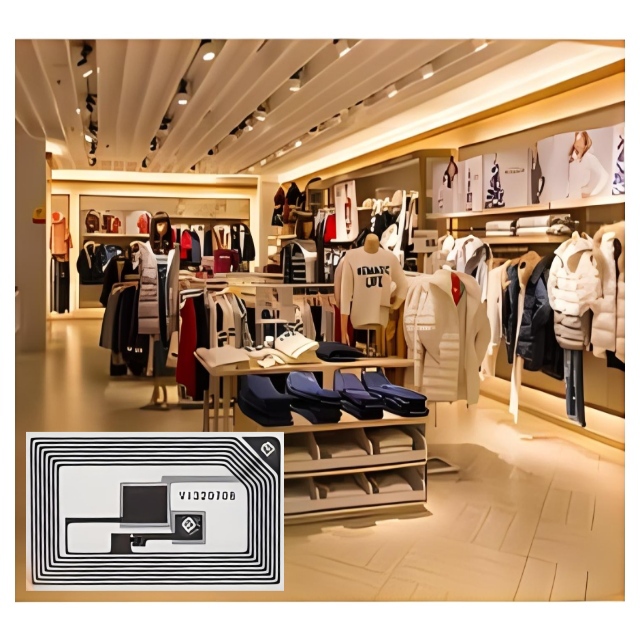
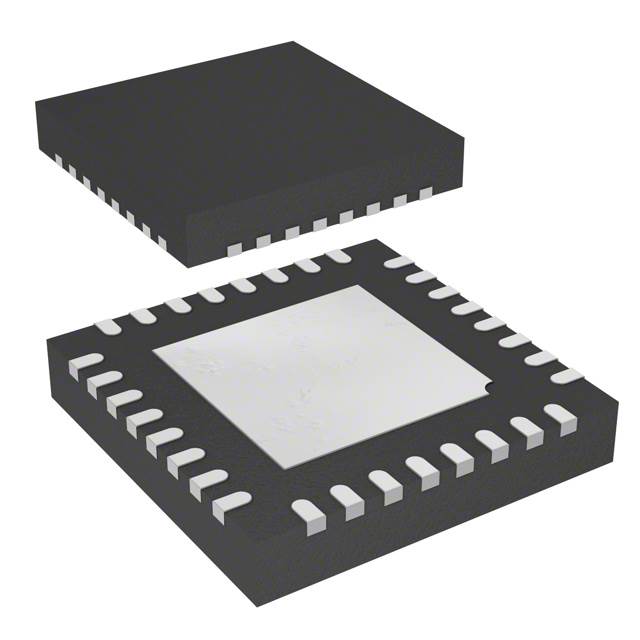




 IPv6 network supported
IPv6 network supported